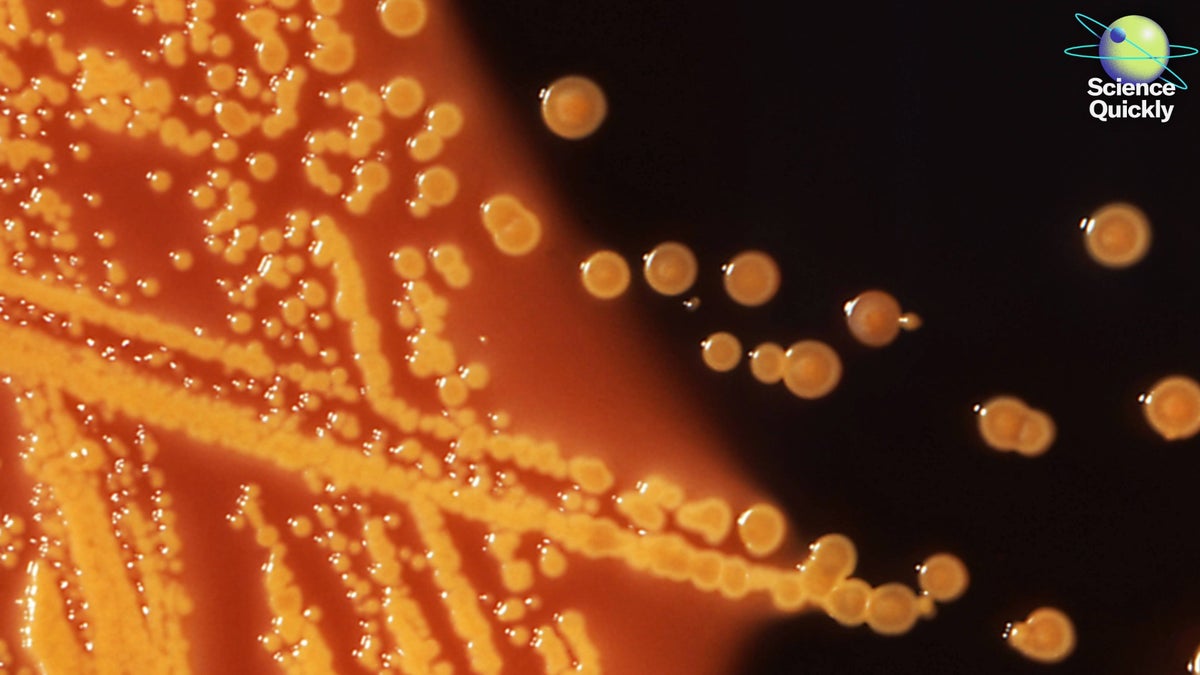A recent report from the World Health Organization (WHO) has sounded an urgent warning about the escalating global threat of antimicrobial resistance (AMR), a phenomenon where bacteria develop resistance to antibiotics and other antimicrobial drugs, rendering common treatments ineffective. The WHO's data reveals a troubling rise in drug-resistant infections worldwide. In 2019 alone, nearly five million deaths were linked to antimicrobial-resistant infections, with over one million directly caused by these superbugs. By 2023, one in six laboratory-confirmed bacterial infections showed resistance to antibiotics, and around 40 percent of commonly used antibiotics had lost effectiveness over the preceding five years.
This growing crisis disproportionately affects low- and middle-income countries, where healthcare infrastructure and surveillance systems may be weaker. Indeed, the WHO highlighted a critical gap in global monitoring, noting that only 48 percent of countries reported AMR data, and among those, half lacked robust tracking systems. This underreporting suggests that the true scale of antimicrobial resistance could be even more severe than current statistics indicate. The WHO emphasizes that improving surveillance and data sharing worldwide will be key to combating this escalating public health threat.
In related public health news, officials in New York confirmed a case of chikungunya virus infection in a Long Island resident, marking the first locally transmitted case in the United States since 2019. The individual, residing in Nassau County, had traveled within the county but not internationally before contracting the mosquito-borne virus. Chikungunya is transmitted by two mosquito species, one of which is native to Long Island, raising concerns about potential local spread.
The chikungunya virus is notorious for causing severe and sometimes long-lasting joint pain, which can persist for months or even years after the initial infection. Other symptoms include fever, muscle pain, nausea, headache, joint swelling, fatigue, and rash. Although most infected individuals recover within a week, some may suffer serious complications affecting the eyes, heart, or nervous system. These severe manifestations are most common among infants, the elderly, and people with pre-existing health conditions. Transmission typically occurs through mosquito bites, but in rare cases, newborns can acquire the virus from their mothers during delivery.
Historically, local transmission of chikungunya in the U.S. and its territories first emerged around 2014, with cases reported in Florida, Texas, Puerto Rico, and the U.S. Virgin Islands. These outbreaks were often linked to travelers returning from endemic regions, who then inadvertently allowed local mosquitoes to pick up and transmit the virus. While no ongoing transmission has been detected recently in Long Island, cooler fall temperatures are expected to reduce mosquito activity and the associated risk. However, travelers should remain vigilant, as chikungunya is actively spreading in various countries, including China, which is currently experiencing its largest outbreak on record.
Shifting focus from public health to space science, researchers analyzing data from the European Space Agency’s Swarm satellites have observed a significant expansion of a vulnerable region in Earth's protective magnetic shield, known as the South Atlantic Anomaly. Over the past 11 years, this area has grown by roughly half the size of continental Europe. The anomaly is caused by unusual activity at the boundary between Earth’s molten iron outer core and the overlying rocky mantle, leading to localized reversals in the magnetic field’s direction.
This weakening of Earth’s magnetic shield is concerning because the magnetic field protects the planet and orbiting satellites from harmful cosmic radiation and solar particles. Satellites and spacecraft passing through the South Atlantic Anomaly are exposed to elevated levels of radiation, which can damage their electronic systems and jeopardize their operation. Understanding changes in the magnetic field is crucial for safeguarding satellite infrastructure and maintaining the reliability of space-based technologies.
Further highlighting risks in satellite operations, a recent study presented by researchers from the University of California, San Diego (UCSD), and the University of Maryland at an Association for Computing Machinery conference in Taiwan uncovered alarming security vulnerabilities in satellite communications. Using an off-the-shelf satellite receiver mounted on a rooftop in San Diego, the researchers were able to intercept and monitor transmissions from nearly 15 percent of the geostationary satellites currently in orbit.
Contrary to expectations that most satellite communications would be encrypted, the team intercepted unencrypted data including phone calls and text messages from thousands of T-Mobile customers in just a few hours. They also captured internet activity from airplane Wi-Fi networks and even communications related to military helicopters. These findings underscore a widespread failure to secure satellite data, putting sensitive information at risk of interception

